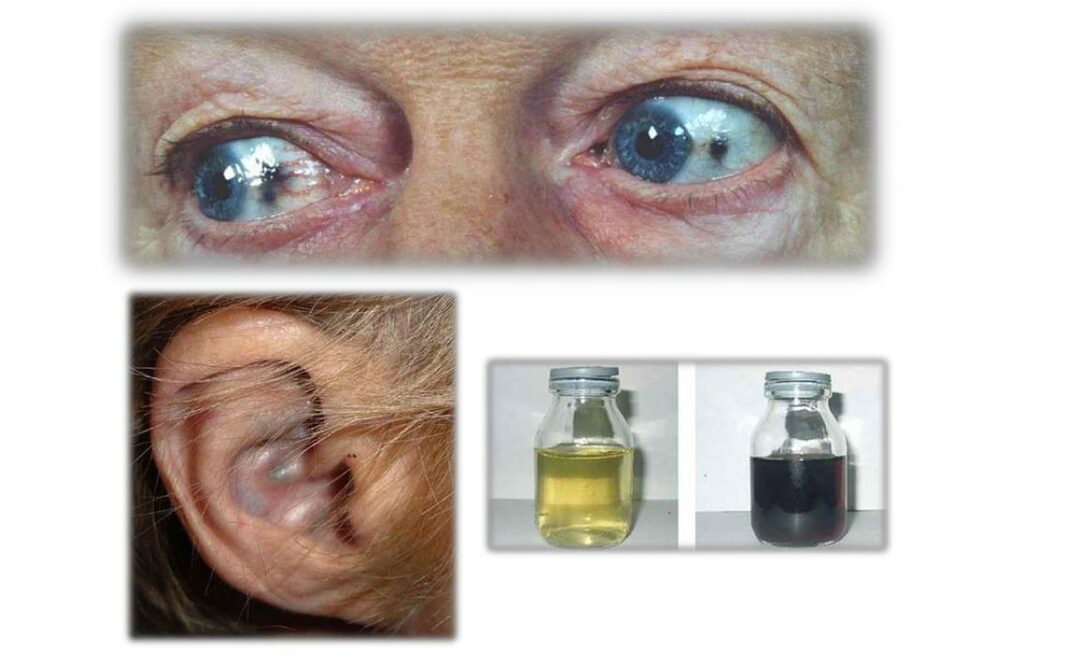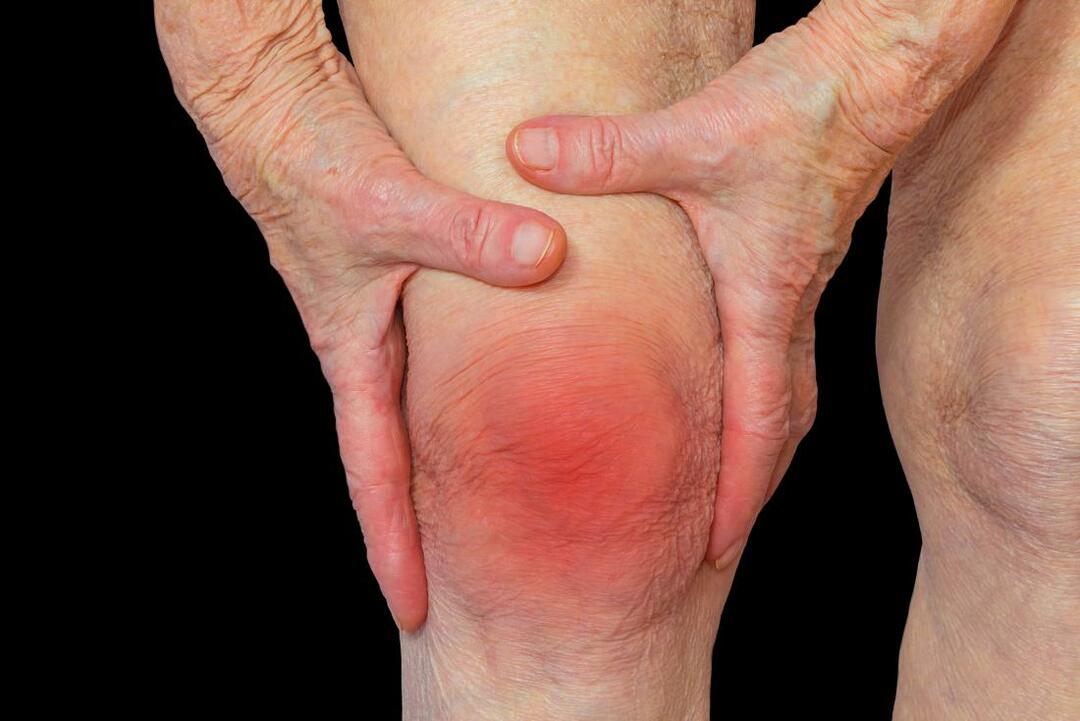Gastrinoma: what is it, symptoms, treatment, prognosis
Content
- What is gastrinoma?
- Signs and symptoms
- Causes
- Epidemiology
- Diagnostics
- Treatment
- Forecast
- Complications
What is gastrinoma?
Gastrinoma is a neuroendocrine tumor that usually develops in pancreas or duodenum (the first section of the small intestine), which produces elevated levels of the hormone gastrin, which causes the stomach to produce more acid and enzymes that cause peptic ulcers. Symptoms are also similar to those caused by peptic ulcers, including pain and bleeding.
Gastrinomas are a type of pancreatic endocrine tumor. Most people with gastrinomas have several tumors located in or near the pancreas or in the duodenum. About half of the tumors are malignant. Sometimes gastrinoma occurs as part of multiple endocrine neoplasia, a hereditary disease in which tumors develop in the cells of various endocrine glands, such as the insulin-producing cells of the pancreas.
Diagnostics include blood tests and imaging tests. Treatment includes drugs to lower the acidity in the stomach, and sometimes surgery and chemotherapy. The survival rate is high, provided that the tumor is completely removed.
Signs and symptoms
Excess gastrin, which is secreted by gastrinoma, causes too much acid to be produced in the stomach. This excess acid formation can cause Zollinger-Ellison syndrome. In Zollinger-Ellison syndrome, a person develops symptoms of aggressive peptic ulcers (such as pain or bleeding) in the stomach, duodenum, and other parts of the intestine. However, nearly 25% of patients with Zollinger-Ellison syndrome may not have an ulcer at diagnosis. Tears, bleeding, and bowel obstruction can occur and can be life-threatening. More than half of people with gastrinoma have symptoms that are no worse than those seen in people with common peptic ulcer disease. In 25-40% of people, the first symptom is diarrheacaused by excess acid production.
Read also:Achlorhydria
Causes
These tumors, along with other endocrine pancreatic tumors, appear to originate from endodermal pluripotent cells. Gastrinomas can be sporadic (75% to 80%) or associated with multiple endocrine neoplasia type 1 (MEN1), an autosomal dominant hereditary disease (from 20% to 30%). Multiple endocrine neoplasia type 1 syndrome is the result of germline mutations in the tumor suppressor gene MEN1located on chromosome 11q13. The researchers hypothesized that tumors arise in susceptible patients as a result of multiple independent second-hit mutations in the gene MEN1.
Epidemiology
The incidence of gastrinomas worldwide is between 0.5 and 3 cases per million per year. Thanks to improved methods for detecting tumors, the annual incidence has increased. Approximately 80% to 90% of these tumors arise in the so-called "gastrinoma triangle" - an anatomical region of the abdominal cavity with borders, formed mainly by the fusion of the cystic and common bile ducts, below the second and third parts of the duodenum and medially - the neck pancreas. Gastrinomas also rarely occur in the stomach, peripancreatic lymph nodes, liver, bile ducts, ovaries, heart, or be associated with a small cell lung cancer.
Gastrinomas of the duodenum (duodenal) usually <1 cm, multiple, occur mainly in the first part of the duodenum, and account for approximately 50% to 88% of gastrinomas associated with sporadic Zollinger-Ellison syndrome and 70% to 100% of gastrinomas associated with MEN 1 type. Pancreatic gastrinomas, larger than their duodenal counterparts, can occur in any part of the pancreas and account for 25% of these tumors. Gastrinomas are also the most common functional and malignant endocrine tumors of the pancreas. They are usually diagnosed between the ages of 20 and 50, and are slightly more common in men. In patients with MEN1, gastrinomas appear at an earlier age, usually between the ages of 10 and 30. Gastrinomas are slow-growing tumors, but about 60% of them are malignant and have metastases at the time of diagnosis.
Read also:Leiomyosarcoma
Diagnostics
A doctor suspects gastrinoma when a person often has peptic ulcers or has multiple peptic ulcers that do not respond well to conventional antiulcer treatment. Blood tests to detect abnormally high gastrin levels are the most reliable diagnostic tests.
Having diagnosed gastrinoma based on blood test results, doctors try to detect the tumor using several imaging techniques, such as computed tomography (CT) of the abdomen, scintigraphy (a type of radioisotope scan), endoscopic ultrasound examination, positron emission tomography (PET) and arteriography (radiography taken after the introduction of a radiopaque contrast agent into the artery dye). However, these tumors can be difficult to find because they are usually small.
Treatment
Treatment includes:
- decreased levels of stomach acid;
- surgical removal;
- chemotherapy.
The use of high doses of proton pump inhibitors, which are drugs that lower acidity (drug treatment of high stomach acidity) may be effective in lowering acid levels and temporary relief of symptoms. If these drugs are not effective enough, octreotide injections may help. If a person has only one tumor and not multiple endocrine neoplasias, doctors usually perform surgery to remove the gastrinoma. In such cases, surgical removal cures 20% of patients.
If these treatments are ineffective, surgery may be necessary - complete removal of the stomach (total gastrectomy). This surgery does not remove the tumor, but gastrin can no longer create ulcers after the acid-producing stomach is removed. If the stomach is removed, daily oral iron and calcium supplements and monthly vitamin B12 injections are necessary because that absorption of these nutrients is reduced in the absence of gastric juices preparing these nutrients for absorption.
If cancers have spread to other parts of the body, chemotherapy can help lower the number of tumor cells and lower gastrin levels in the blood. However, this therapy does not cure cancer, which is ultimately fatal.
Read also:Cholelithiasis (gallstone disease)
Forecast
If the tumor is completely removed by surgery, the chance of survival for 5-10 years is over 90%. If the tumor is not completely removed, the chance of survival is 43% within 5 years and 25% within 10 years.
Liver metastases and the extent of liver damage are the most important predictors of survival.
Complications
Complications can include:
- inability of the surgeon to locate the tumor during surgery;
- failure to remove all malignant tissue;
- intestinal bleeding or perforation from duodenal ulcers or stomach;
- weight loss and / or severe diarrhea;
- metastases.
With the advent of antiulcer drugs, the number of deaths caused by ulcerative complications has dropped significantly. The main determinants of survival in patients with gastrinomas are the size of the primary tumor and the presence of tumor metastases.


